![]()
Just when you thought you had technology all figured out, Facebook unveils its latest algorithm change and Amazon is exposed for housing millions of fake customer reviews, just as GDPR requirements are about to enter the playing field. Suddenly, everything you thought you knew for certain about tech flies right out the window.
Alright, so maybe that’s a little dramatic. Still, the inner-workings of modern technology and the behind-the-scenes bureaucracy that influence today’s digital world are tough to grasp, whether it’s in the consumer or commercial environment. Simplifying a project scope to a high-level understanding is a great introductory strategy, but that doesn’t truly illustrate the experience and expertise required by swamped development teams to meet aggressive deadlines within budget constraints. As a result, confusion among customers is common. Take the configuration vs. customization mix-up, one that is as easily formed as it is forgiven. After all, both approaches to software development seek to deliver an innovative solution that best meet the needs of the customer in order to maximize employee productivity and operational efficiency as a whole. This makes understanding the fundamental differences between modular software development and custom software development all the more important – especially what makes the former more cost-effective, conducive to collaboration and easier to maintain than the latter.
Configuration
Modular software development is a strategy that entails breaking down a system into separate components, or modules, so they can be used in a variety of applications and functions alongside other components in a system. More importantly, modules can then be continually reused in other systems, spreading the wealth of functionality without the repeated heavy lifting.
This configurative approach to problem-solving presents many benefits to customers and tech partners alike – and frankly, very few drawbacks. First and foremost, less time spent developing and delivering the solution means a much lower price tag. Being able to repurpose existing code later on, whether it performs simple procedures or complex functionalities, drastically lightens the workload – making each following project configuration even easier to plan, build, implement, support and maintain. Why build from scratch when you can utilize existing software modules that have already proven successful for other customers seeking to eliminate similar pain points? In turn, this makes it much easier for quality assurance teams to pinpoint, troubleshoot and fix bugs moving forward.
As a result, this provides greater flexibility across the board – both in system functionality and communication between internal and external teams. Not only does modular software development aid collaboration between tech partners and their customers, but it also opens doors to valuable integration opportunities with reputable third-party vendors with solutions that have already been tested by the marketplace. All things considered, modular software development is without question a more time-efficient and cost-effective approach to problem-solving for all parties involved.
Customization
In today’s increasingly personalized world, having it your way is no longer a bonus – it’s the standard. Just as mobile apps and intuitive web experiences empower consumers to customize all the colors and features, toppings and sauces, delivery speeds and methods their heart desires, the same goes for tech partners and their customers.
Of course, not all of a customer’s wide-ranging technological needs can always be accounted for with existing functionality that’s already been successfully deployed in a tech partner’s install base – no matter how diverse and complete it may be. In this event, custom software development is likely the best approach to satisfy an organization’s system needs. When opting for customization, both the tech partner and customer are committing to a brand-new system designed exclusively for that enterprise. Each and every detail is tailor-made to their needs and their needs only. And since what works for their company may not necessarily work for others, this presents an opportunity to outpace the competition for years to come.
Although this sounds like an opportunity for endless bells and whistles, it comes at a steep price. Naturally, the cost of consulting, development and implementation skyrockets with the project’s drastic increase in timeframe and workload. This uptick in volume extends even further beyond the immediate impact on project cost, opening doors to expensive maintenance and support fees due to the custom solution’s unique requirements.
The Best of Both Worlds
Today, we at LeaseTeam believe ASPIRE reaches peak performance when utilized as a configurable end-to-end solution that prioritizes modular development over customization. The expansive install base we’ve established in the stable, flourishing and tightly-regulated equipment finance industry allows us to successfully do so, saving our customers a great deal of money and our team a great deal of time and energy. However, this is not to say configuration-first partners like us shun custom development opportunities. Although we do offer in-house custom development when necessary, we first evaluate a prospective customer’s functionality needs by determining if the customer’s desired functionality is an improvement to ASPIRE. If so, can this functionality be used to benefit other customers in the future? In the event that it does, we configure the solution together so others can potentially reap the benefits of the functionality down the road, too. If that’s not the case and the customer truly does have unique requirements they cannot operate effectively without, we join forces to design, build and implement a custom solution.
In Review
Although custom software development clearly has its perks, modular software development is more feasible for tech partners and their customers considering:
- Configuration is more cost-effective, conducive to collaboration and easier to maintain.
- Customization has its perks, but is only ideal for massive enterprises with unique requirements.
- Embrace the best of both worlds by exploring a configuration-based approach first, while falling back on your tech partner’s custom development capabilities as a safety net if necessary.
In the end, it all comes down to which strategy best fits the customer and its objectives moving forward. Whether configuring existing functionality into a unique solution or building one from scratch, both processes require a great deal of technical skill, ingenuity and respect for the big picture in order to ensure customers survive and thrive.

